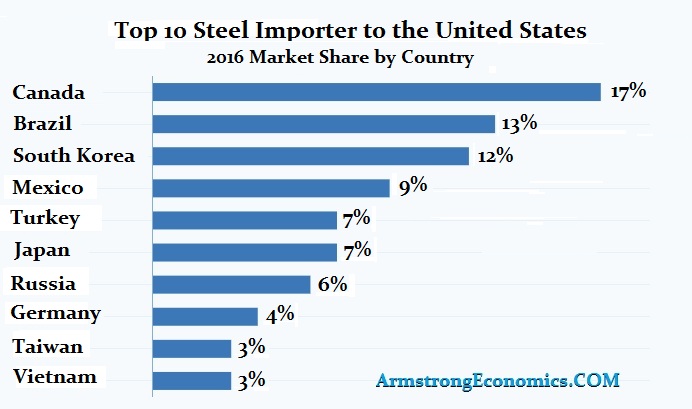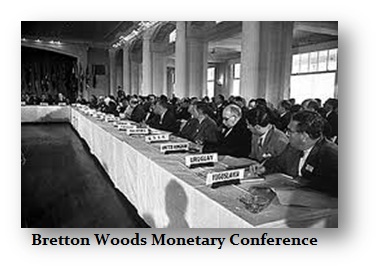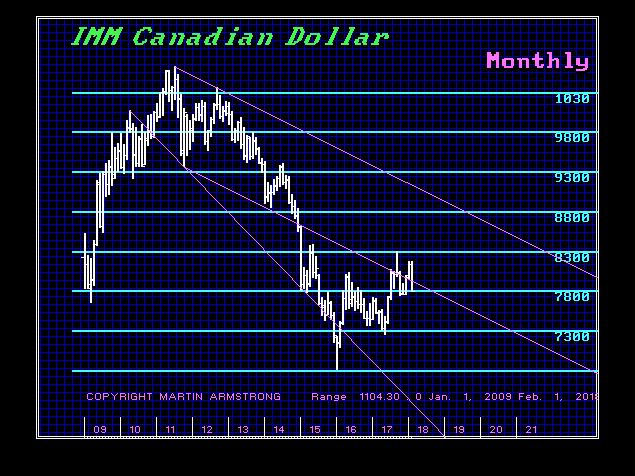
Martin Armstrong takes apart the steel tarrif’s and their substantial impact on Canada, the largest exporter of steel to the United States. This all on top of the decline in investment in Canada’s Oil industry. Martin also disentangles the market action around the world yesterday March 5th – Robert Zurrer for Money Tallks
Foreign direct investment into Canada has absolutely plunged during 2017 to the lowest since 2010. There has been an effort to stop the sale of any property to foreign investors mainly from China. On top of that, there has been also a collapse in capital investment into the oil industry. There are fears also rising about an exodus of capital from the nation’s oil patch and worries about the fate of the North American Free Trade Agreement (NAFTA).
Direct investment into Canada declined by a stunning 26% dropping to merely $33.8 billion during 2017, according to Statistics Canada. Capital inflows have declined for the second year with the major high in 2015 in accordance with our Economic Confidence Model. The investment that did take place was from reinvested earnings of existing operations. Net foreign purchases of Canadian businesses turned negative for the first time in a decade. This means that foreign companies sold more Canadian businesses than they bought. The political shift in Canada to the left is also being seen as a political risk for the years ahead. A monthly closing BELOW 7305 on the futures will signal the collapse of the C$ is underway once again.
….also from Martin:
Canada Will be the Most Impact by a Steel Tariff

Canada is the largest exporter of steel to the United States. The decline in the Canadian dollar has helped this trend in particular. Trump is clueless when it comes to the impact of currency on foreign trade. If he wants to do tariffs, they MUST be indexed to the currency. Failure to do that will cause serious consequences as the dollar rises on the world financial markets in the years ahead. He will create a trade war globally and politicians on both sides remain ignorant of foreign exchange and its  impact upon trade numbers.
impact upon trade numbers.
I have stated many times that the entire system of trade is in a state of confusion. Following Bretton Woods, currencies were fixed to the dollar which in turn was fixed to $35 per troy ounce of gold. Therefore, the accounting system ONLY measured the amount of currencies moving back and forth. It was assumed that you imported more goods if the amount of outflow of dollars increased. Consequently, the way we measure trade today has NOTHING to do with the actual amount of product moving internationally. If you spent more dollars but the dollar declines in value by 20%, then even an increase in imports measured in dollars by 20% was not an indication that you purchased more goods – it was simply net currency movement.
…..also from Martin:













